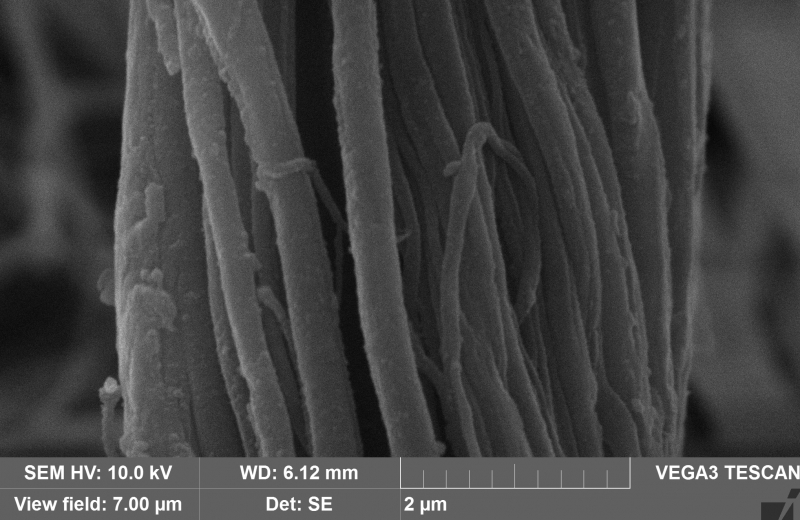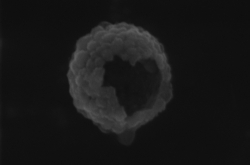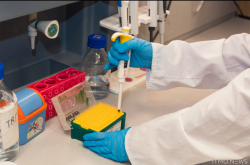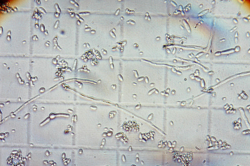In the picture, you can see one of wildlife’s most unique biopolymers: spider silk of Linothele Fallax.
A spider web is a hierarchically organized material. Its components are spidroin proteins that are rich in such amino acids as glycine, alanine, and serine that are synthesized in special glands and have high molecular masses (from 200 to 350 kDa).
Scientists can’t yet fully reproduce the properties of the natural spider web.
Thanks to its complex chemical composition and special biosynthesis conditions, spider silk has outstanding properties that are superior to that of most artificial and natural materials. Its incredible impact resistance (up to 180 MJ/m3), extensibility, and elasticity makes it not only a tool for practically all of spider’s vital needs, but also a promising material for biomimetics research.
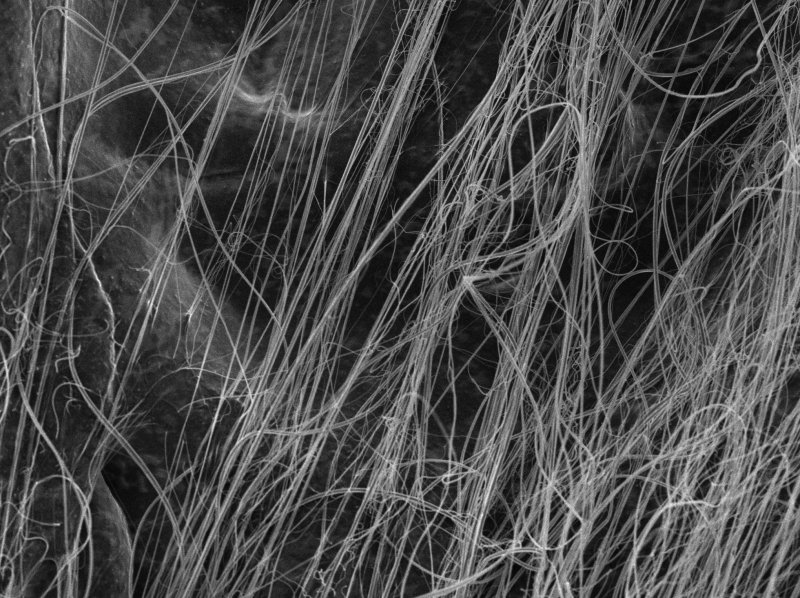
As spider silk is a completely biocompatible material, it can be used in artificial tendons and ligaments, blood vessels, as well as surgical sutures. The possibility to change the form and properties of spider silk by modifying its surface with functional inorganic particles gives it a wide range of applications in various fields, from optics to tissue regeneration.
The image was made using a TESCAN VEGA3 scanning electron microscope. At ITMO, spider silk is studied at SCAMT by the research team Ceramic and Natural Nanomaterials.
